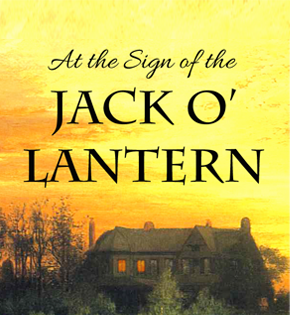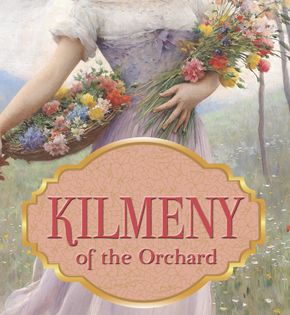Pierre Charles Marie Princeteau (called Rene) was born deaf and mute in 1843. But he was born into a wealthy French wine-making family who hired tutors to teach him how to read and communicate. At an early age he discovered that sculpting and painting helped him express his emotions, and his work showed promise. His family encouraged him to study in Bordeaux and later at the Ecole des Beaux Arts in Paris. In 1874 he opened his own studio in the Rue du Faubourg Saint-Honore, the stomping ground of many French artists, and a few years later he was hired by another wealthy family to instruct their son, who also coped with physical disabilities: Henri de Toulouse-Lautrec. Rene Princeteau has been cited as a major influence on Toulouse-Lautrec's early career. Pictured left is Toulouse-Lautrec's 1881 painting of Rene in his studio, and below is Rene's 1883 painting of Toulouse-Lautrec.
 Rene began exhibiting his work in salons in 1868 and continued to do so until 1904. He garnered recognition for his paintings of military and equestrian subjects. Rene was deeply moved by the events of The Franco-Prussian War of 1870 and turned his talents to depicting scenes from the war. Rene was an avid horseman and he was a frequent guest at races, hunts, and steeplechases--a passion he shared with Toulouse-Lautrec. He formed friendships with several like-minded aristocrats, including the Dukes of Aumale, Decazes, and Brissac, and he became a favorite painter of racing stable owners, who commissioned him for portraits of winning horses. He even exhibited an equestrian portrait of George Washington in Philadelphia in 1876, and earned a medal for it, and a loyal following from the American Deaf Community and their major periodical, The Silent Worker, where his works were often published.
Rene began exhibiting his work in salons in 1868 and continued to do so until 1904. He garnered recognition for his paintings of military and equestrian subjects. Rene was deeply moved by the events of The Franco-Prussian War of 1870 and turned his talents to depicting scenes from the war. Rene was an avid horseman and he was a frequent guest at races, hunts, and steeplechases--a passion he shared with Toulouse-Lautrec. He formed friendships with several like-minded aristocrats, including the Dukes of Aumale, Decazes, and Brissac, and he became a favorite painter of racing stable owners, who commissioned him for portraits of winning horses. He even exhibited an equestrian portrait of George Washington in Philadelphia in 1876, and earned a medal for it, and a loyal following from the American Deaf Community and their major periodical, The Silent Worker, where his works were often published.In 1904, Rene retired to his family seat near Libourne. He continued to paint hunting scenes, but soon the beauty of the French countryside inspired him to paint landscapes and portraits of everyday country life. He did not keep good records and no known journals or writings exist to help shed light on his personal life, but we know that Rene never married, and he spent his last years living with his sister, who was also deaf. He died at his estate in 1914.
The painting on our cover was sold by Christie's in 1997, and I found the painting's lot page, which I thought was pretty cool. If you'd like to check out Rene's work, The Musee des Beaux-Arts de Libourne has a number of Rene's paintings (if you view the slideshow, click the left-facing arrow and view it from the end, where Rene's paintings are), and Google Images brings up a nice variety of his works scattered in various museums and private collections around the world.
POSTED BY: Jenny Q






























